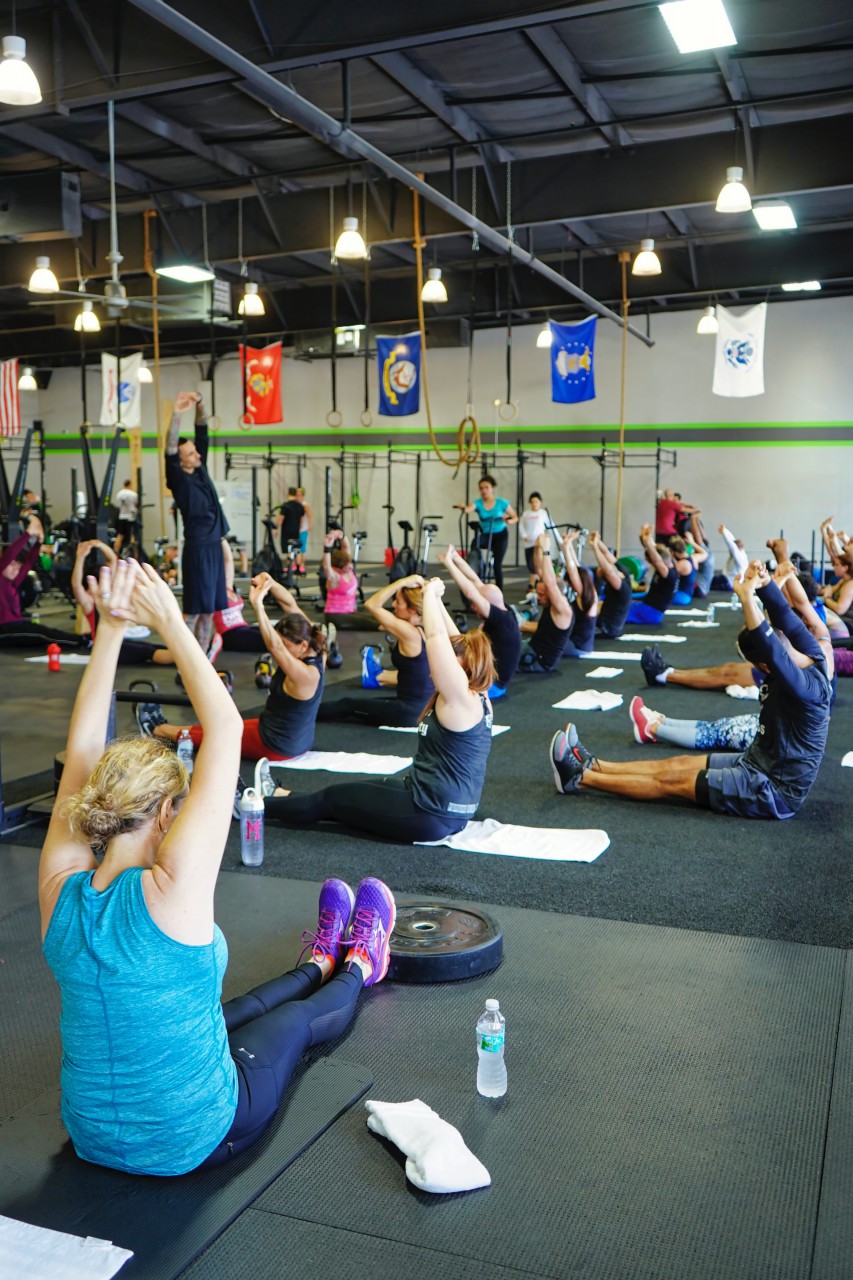What you need to know: Many healthcare providers and trainers poorly understand why someone 'feels tight'. Dealing with muscle tightness is not as simple as just stretching.
Why Muscles Become Tight
The human body is designed to move and movement requires varying amounts of stability and motion. When movement occurs, patterns of stability and motion can occur in efficient or inefficient ways. As structures accommodate movement, the load placed on everything from joints to muscles and tendons to nerves changes and these changes can produce symptoms. In the process of wanting to avoid symptoms, the body will often develop compensation patterns. A common result of this compensation process is the feeling of being 'tight' or 'tension'. This tension serves a protective role, thus it is referred to as protective tension.
The development of protective tension and the reason behind its presentation is one of the least understood mechanisms in musculoskeletal care. The body is smart enough to constantly monitor loads and prevent excessive load of any given structure to ultimately help prevent injury. If you are feeling 'tight', there is a reason and your body is sending you a signal. However, many people will ignore this signal until more pressing issues develop, such as pain. So how does one handle a muscle that 'feels tight'? Unfortunately, the solution is not as simple as just stretching. Stretching often provides temporary relief because of underlying joint dysfunction, stability and/or mobility deficits, or muscular weaknesses that need addressed.

